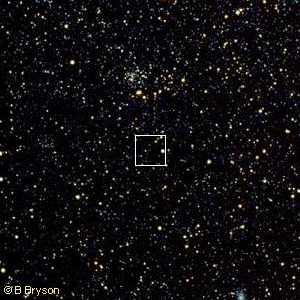More at 1 exameterI have stressed the vast distances between stars and tried to convey the enormous timespans involved in potential travel to other stellar systems. For example, just to send a message to our nearest neighbor and receive a reply requires nearly 9 years. Interstellar travel at speeds approaching light speed introduce the effects of time dilation -- the traveler ages slower than the people left behind. What are the chances for life on other worlds? How many civilizations exist in our galaxy willing and able to communicate with us? Are we alone? These questions were debated in earnest at the beginning of the space age. In 1961 Frank Drake quantified the factors that could provide an answer -- or least a basis for further debate. The Drake Equation consists of seven terms that when multiplied together define N, the number of communicating civilizations in the galaxy: N = R* × fP × nE × fL × fI × fC × L
There are a number of sites that discuss these factors in more detail and allow you to play with your own set of numbers. A very thorough review of this topic is titled "Beyond the Drake Equation". |
